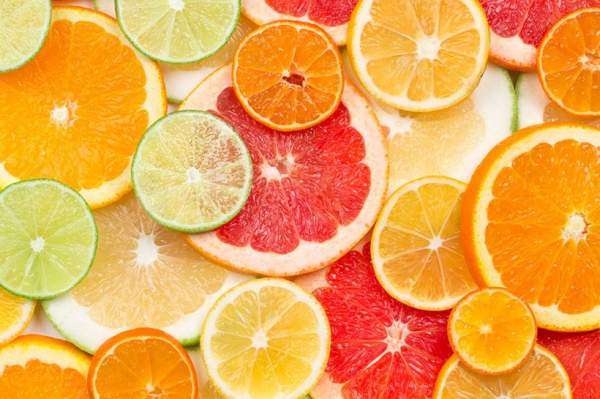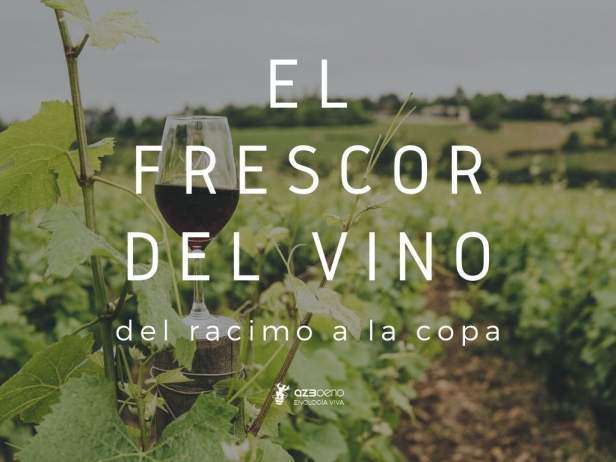
Thiols are organic compounds part of a -SH group. They are generally very aromatic compounbds, some undesirable and others seen as favorable.
Although they are better known and studied in white varieties such as Sauvignon blanc, Verdejo, Antao Vaz and even muscats and chardonnays, there are also thiols in red varieties such as tempranillo, syrah, pinot noir or merlot.
The best known volatile thiols considered positive aromas in wines and their descriptors are:
- 4 MMP: 4-mercapto-4-methylpentan-2-one (DARRIET et al., 1995), box tree and broom.
- A3MH: 3-mercaptohexyl acetate (TOMINAGA et al., 1996), box wood.
- 4 MMPOH: 4-Mercapto-4-methyl-2-pentanol (DARRIET et al., 1998 a)
- 3MH: 3-mercaptohexan-1-ol (DARRIET et al., 1998 a), grapefruit, passion fruit.
- 3MMB: 3-mercapto-3-methylbutan-1-ol (DARRIET et al., 1998 a)
- A3SH: 3-sulfanylhena-1-ol acetate, tomato leaf.
- 3SH: 3-sulfanylhexan-1-ol, grapefruit.
If we harvest in the fresh fruit window, the grape contains precursers associated with a cysteine molecule. These precursors require the enzymatic activity B-lyase to be expressed and odorant.
These are extremely sensitive molecules to oxidation, so in the winery we must work to minimize it in all aspects. Today, we will focus on its relationship with the barrel and oak compounds.
When the product definition includes the range of thiols and some contributions from oak, a barrel selection criterion is necessary to protect and express the thiols.
Among the compounds that oak yields to wine, the number one enemy of thiols are ellagitannins, which actively participate in its oxidation. To minimize the contribution of ellagitannins we can choose:
- Toasted with immersion in water: the increased humidity of the wood favors the conduction of heat in the stave and thus the degradation of tannins, without reaching high temperatures that create many toasted aromas.
- Strong roasts where the tannin has been degraded by the action of the high toasting temperatures, with its consequent aromatic contribution.
- Long drying of oak to decrease tannins by natural degradation.
- Extra-fine grains, with intrinsically less tannic contribution, and oaks with a low content of ellagitannins.
Toasting temperatures have an obvious but somewhat complex influence.
At analytical level, a progressive but not very significant decrease in thiol content is observed as the roasting temperature increases.
At sensory level, the impact is higher, and the higher the toasting temperature, the more sensory perception of thiols is inhibited.
We must also combine the impact of oak on the redox of the wine. Untoasted wood and wood subject to average toasting, in the vanillins range, increased the wine’s redox and reduced the perception of the thiols. However, heavy toasting makes the wine more reductive. Eventually they can favor the expression of thiols, but they can also inhibit it if the wine is already very reducing.
The timing of oak use also has significant effects. In general, its use during AF and/or MLF reduces the impacts of the oak on the wine, allowing its greater expression.
During aging we can focus on some key points to preserve thiols: volume, oxygen and turbidity.
The volume of the barrel plays an important role: the larger the barrel and the lower the oak/wine ratio, the lower the impact of the wood on the thiols.
Decreasing the supply of oxygen from the barrel will also preserve the thiols. To control oxygenation we must keep the headspace to a minimum, we can do it this wit frequenct fillings and/or by choosing more pot-bellied barrels, for example, the Bourgogne 228 l oxygenates less than the 225 l Bordeaux type.
Aging on the lees and suspending them periodically reduces oxygen supplies since it is consumed at high speed by the lees.
Related news
THE FRESHNESS OF THE WINE, from the bunch to the glass
The fashion for fresh wines has ceased to be fashion to become a trend; more and more consumers are looking for elegance, length and freshness above all.
More than winemaking machines
The winemaker is the artist who observes the vineyard, interprets it and imagines the wine that could be produced from this plot.
Was it the wood or the process?
Today, we are thinking about one of the most important stages of production: the aging of the wine.


